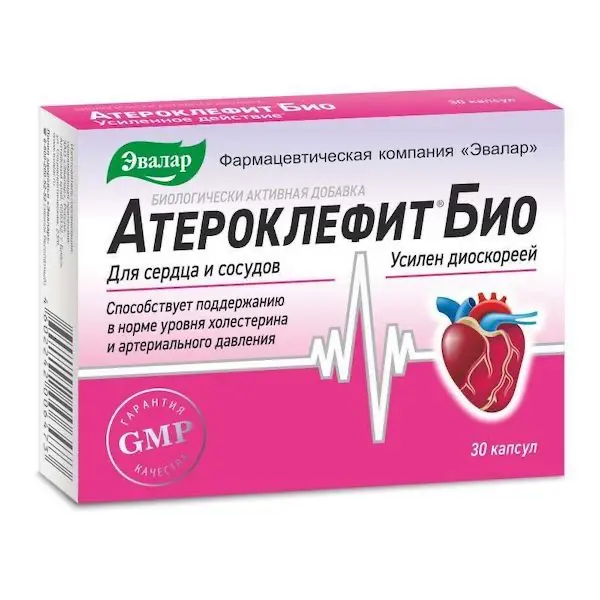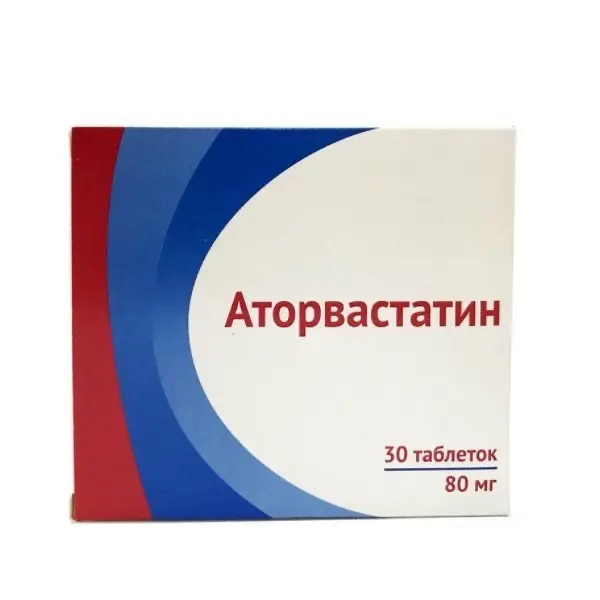Description
Lotonel Pharmacodynamics
Torasemide is a “loop” diuretic. Its main mechanism of action is due to the reversible binding of thoracemide to the sodium/chlorine/potassium ion transporter situated in the apical membrane of the thick segment of the ascending loop of the Genle, which results in a reduction or complete inhibition of sodium ion reabsorption and a decrease in intracellular fluid osmotic pressure and water reabsorption. Torasemide blocks myocardial aldosterone receptors, reduces fibrosis and improves diastolic function of the myocardium
Due to its anti-aldosterone action, thorasemide causes hypokalemia to a lesser extent than furosemide, but it is more active and its effect is more prolonged.
Diuretic effect develops about one hour after oral administration, reaching its maximum after 2-3 hours and remaining till 18 hours, which facilitates the therapy tolerance due to absence of very frequent urination during first hours after oral administration that limits the patients’ activity.
Torasemide reduces systolic and diastolic blood pressure in “lying” and “standing” position.
The use of thoracemide is the most reasonable choice for long-term therapy.
Indications
-Oedematous syndrome of various genesis, including chronic heart failure, liver, lung and kidney diseases;
-arterial hypertension.
Contraindications
-Hypersensitivity to thorasemide or to any of the drug components;
-allergy to sulfonamides (sulfonamide antimicrobials or sulfonylurea preparations);
-renal insufficiency with anuria;
-hepatic coma and precoma;
-refractory hypokalemia;
-refractory hyponatremia;
-Hypovolemia (with or without arterial hypotension) or dehydration;
-Severe urinary outflow disorders of any etiology (including unilateral urinary tract involvement);
-glycoside intoxication;
-acute glomerulonephritis;
-sinoatrial and atrioventricular block of degree II-III;
-decompensated aortic and mitral stenosis;
-hypertrophic obstructive cardiomyopathy;
-Elevated central venous pressure (over 10 mm Hg);
-arrhythmia;
-chronic renal failure with increasing azotemia;
-hyperuricemia;
-Age less than 18 years (safety and efficacy not established);
-Pregnancy;
Breast-feeding period;
-Simultaneous use of aminoglycosides and cephalosporins;
-Lactose intolerance, lactase deficiency or glucose-galactose malabsorption.
Dosage and administration
- Inside, once a day, without chewing, with plenty of water. The tablets may be taken at any convenient time, regardless of meals.
- Oedema syndrome in chronic heart failure
The usual starting dose is 10-20 mg once a day. If necessary, the dose may be doubled until the desired effect is obtained. - Edema syndrome in kidney disease
The usual starting dose is 20 mg once a day. If necessary, the dose may be doubled until the desired effect is achieved. - Oedema syndrome in liver disease
The usual starting dose is 5-10 mg once daily. If necessary, the dose may be doubled until the desired effect is obtained. - Maximum single dose is 40 mg, it is not recommended to exceed it (no experience of use).
- The drug is used for a long period or until the edema disappears.
- Arterial hypertension
The initial dose is 2.5 mg (1/2 tablet of 5 mg) once a day. If there is no therapeutic effect within 4 weeks, the dose is increased to 5 mg once daily. In the absence of adequate reduction of blood pressure when administered in a dose of 5 mg once daily for 4-6 weeks, the dose is increased to 10 mg once daily. If the 10 mg dose does not give the desired effect, a hypotensive drug of another group should be added to the treatment regimen. - No dose adjustment is required in elderly patients.





